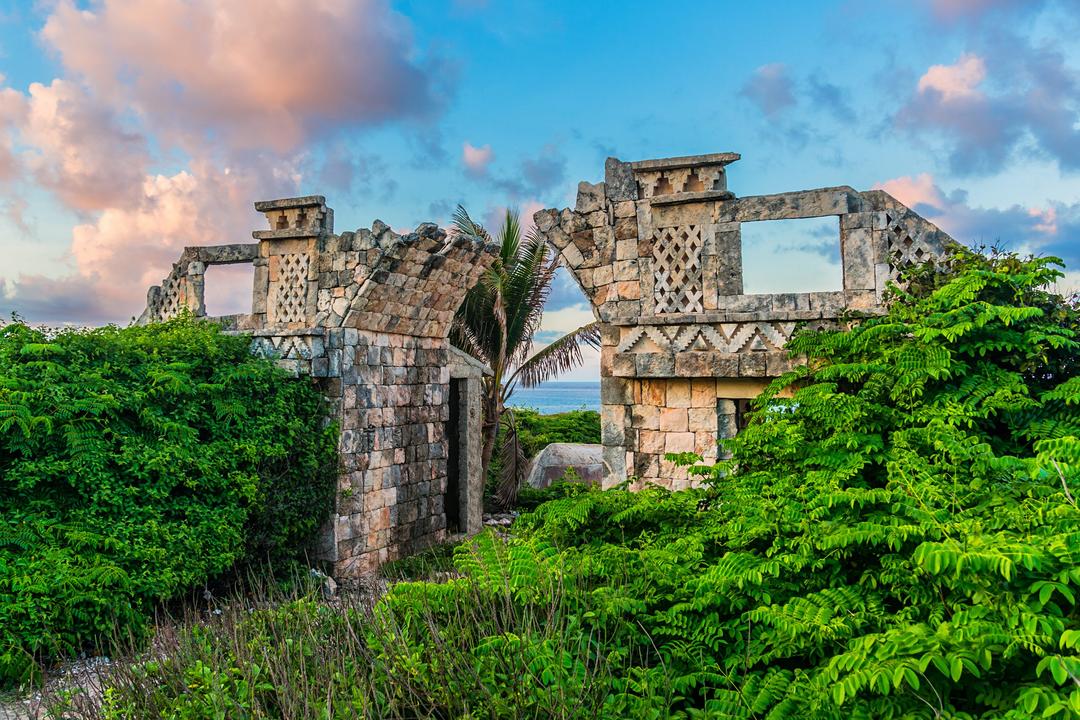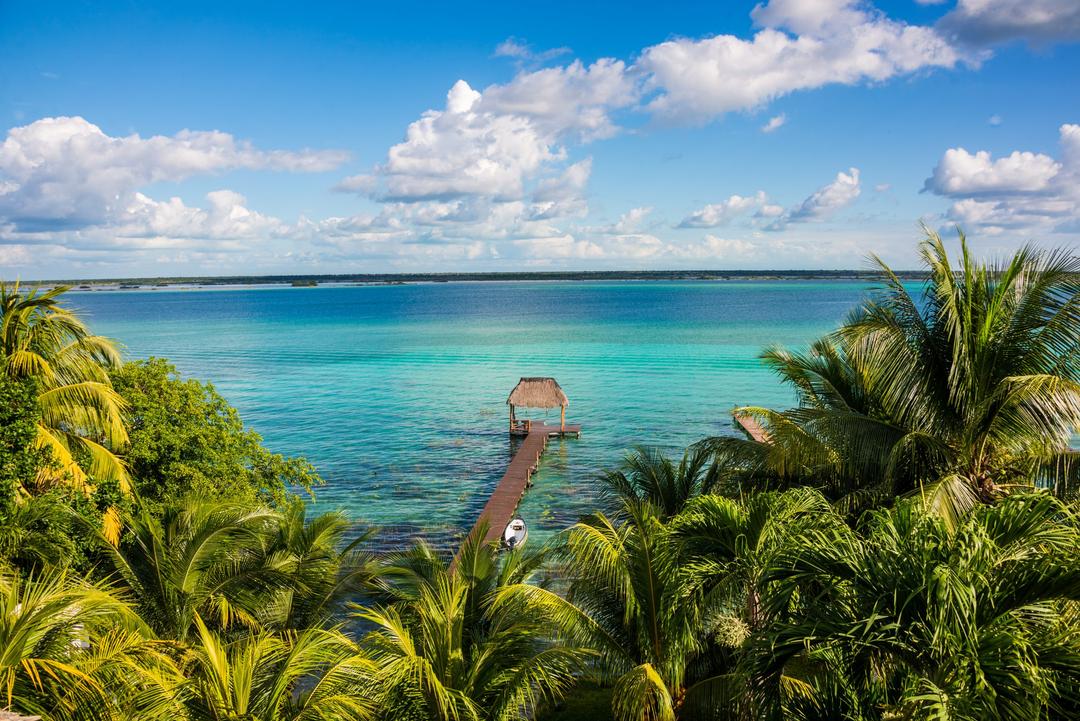Tourism in the state of Oaxaca (Part 1)
This colonial city is the fifth largest and most populated Mexican state. This region, made up of 570 municipalities, is considered one of the most biodiverse cities in the country, as it is home to abundant species of animals, plants, fish… Known as the land of the seven moles, Oaxaca is also a gastronomic must.
The city of Oaxaca
To visit the country from top to bottom it is advisable to take a long route and put the city of Oaxaca on the must-see list. If you do not plan to make such an intense vacation throughout the country, then the best thing to do is to visit the city from top to bottom and get to know everything it has to offer.
With multiple cultures intermingled, heritage and artistic patrimony, a great variety of unique dishes…there are endless things to do and discover in Oaxaca. Let’s start putting together the list of must-sees.
What to do in Oaxaca
- Touring the historic center of Oaxaca
- Archaeological sites of Monte Alban in Oaxaca
- Observing the Tule tree
- Tasting the typical gastronomy of Oaxaca
- Visiting churches from different periods
- Walking through the Ethnobotanical Garden
- To know and learn in the different museums
- Enjoying natural spas
- The Guelaguetza
- See the Feather Dance
- Buy alebrijes
Touring the historic center of Oaxaca
The buildings originally constructed in the center of the city date back to the XVI century, but due to the high rate of earthquakes and tremors they were practically destroyed in their entirety. From the 17th century onwards, they were already adapted.
The best known buildings include the cathedral basilica, the Zocalo and the Macedonian theater. That is why it was declared a UNESCO World Heritage Site in 1987.
Zonas arqueológicas de Monte Albán en Oaxaca
 Despite being on the outskirts of Oaxaca, it is one of the archaeological sites that you have to mark on your route of places to visit. It is a pre-Hispanic city famous for the stone decoration of the entire complex. Founded by the Zapotecs, this city drags a history around its name, which has been different for the founders, the Aztecs, the Mixtecs and also for the Spaniards.
Despite being on the outskirts of Oaxaca, it is one of the archaeological sites that you have to mark on your route of places to visit. It is a pre-Hispanic city famous for the stone decoration of the entire complex. Founded by the Zapotecs, this city drags a history around its name, which has been different for the founders, the Aztecs, the Mixtecs and also for the Spaniards.
Observing the Tule tree
It is one of the longest-lived trees in the world, a species of cypress found at the Monte Albán site, just outside Oaxaca. The Tule tree is a visit that those who like to discover a little more about the unique flora of this country will want to make. If you like nature in general and want to discover a little more about Mexico’s nature in particular, then soak up a little more about the flora and fauna.

Tasting the typical gastronomy of Oaxaca
Hay tanta riqueza gastronómica en oaxaca, que fue nombrada por la Unesco patrimonio intangible de la humanidad en el año 2008. We recommend you try the different stews with moles, sauces made with chili peppers and other ingredients that have very vivid colors.
If the dates coincide, you can participate in the gastronomic festival El Saber del Sabor. And although there are discrepancies about the origin of tacos, Mexico’s delicacy, it never hurts to try one at any restaurant in Oaxaca.
Walking through the Ethnobotanical Garden
 It is part of the old monastery now renovated as the Museum of the Cultures of Oaxaca. The planting of different species of plants began in 1998. The garden is home to species native to the state, from different climates and geographic zones. It is considered ethnobotanical because the plants that grow in it have cultural significance. In this territory there are about 8,000 varieties of plants.
It is part of the old monastery now renovated as the Museum of the Cultures of Oaxaca. The planting of different species of plants began in 1998. The garden is home to species native to the state, from different climates and geographic zones. It is considered ethnobotanical because the plants that grow in it have cultural significance. In this territory there are about 8,000 varieties of plants.
Related Posts:Tourism in the state of Oaxaca (Part 1)
Continue informing yourself...

What to do in Cancun (Part 1)

Have you Been to Marimba Park?

What to do in Isla Mujeres

